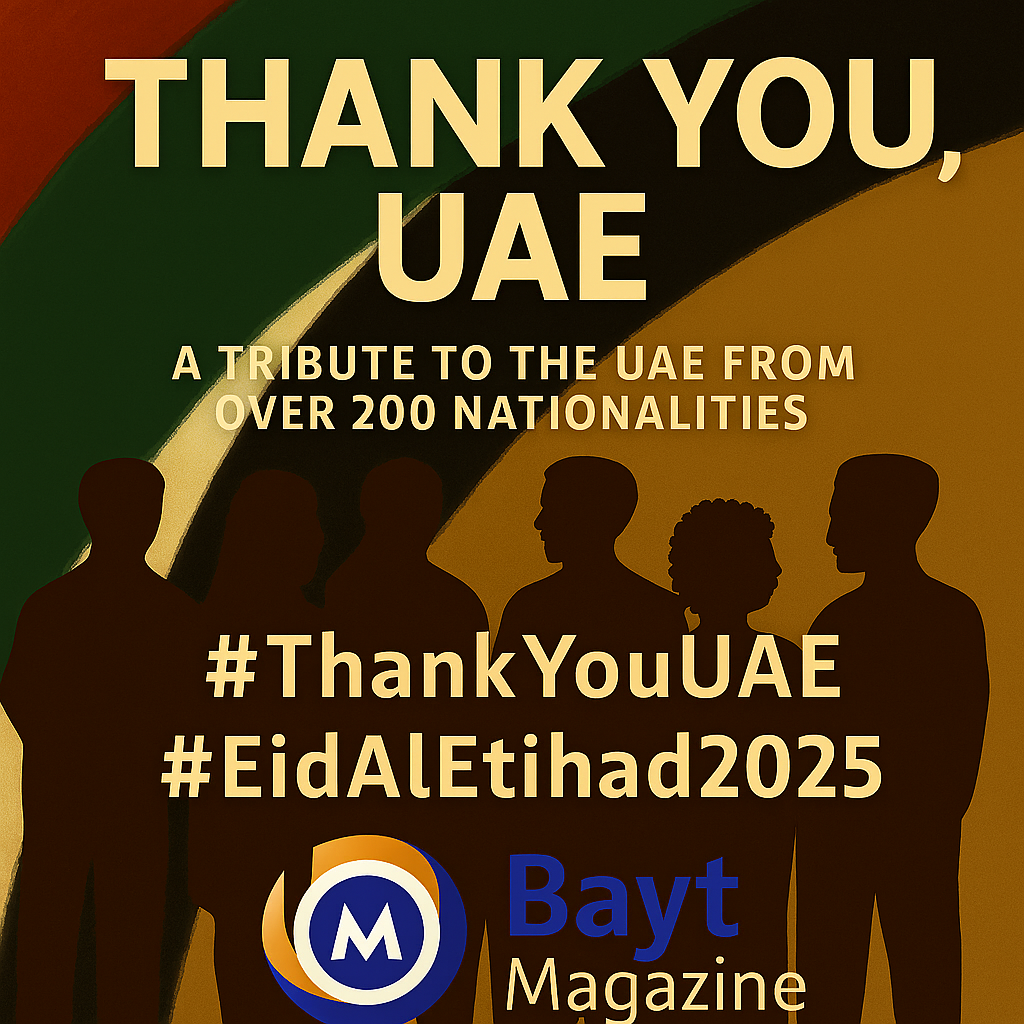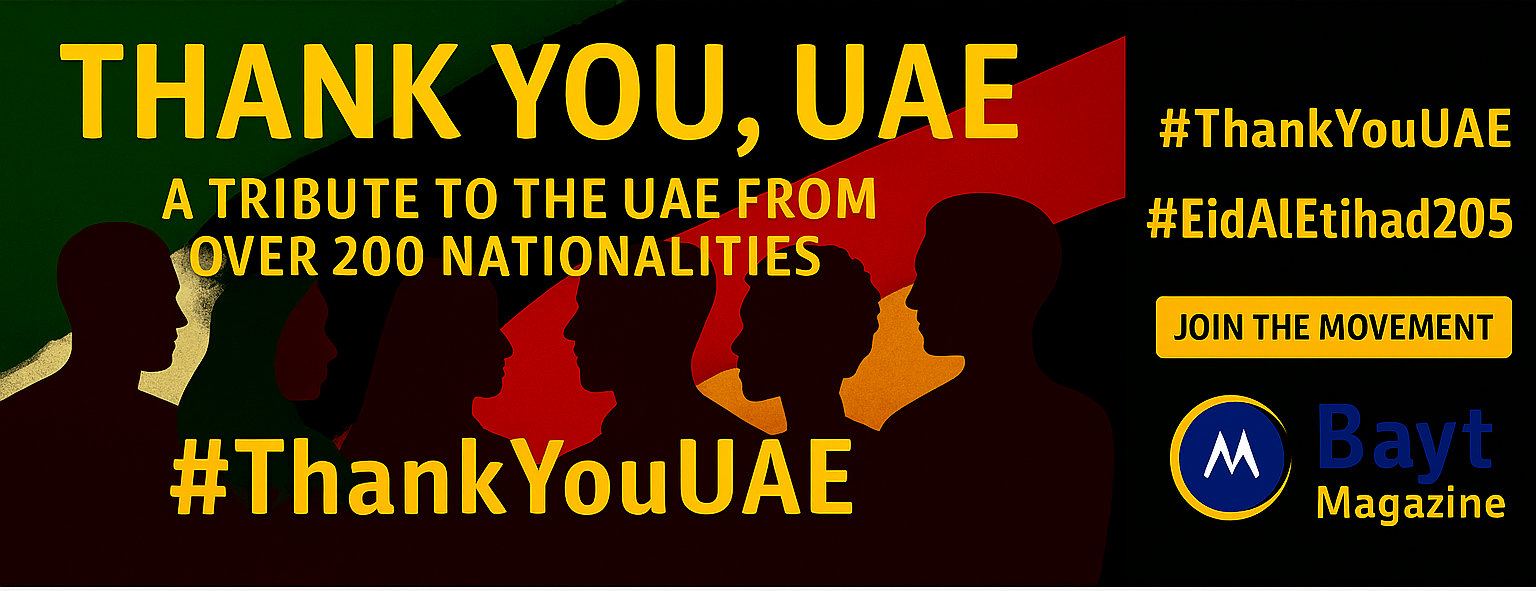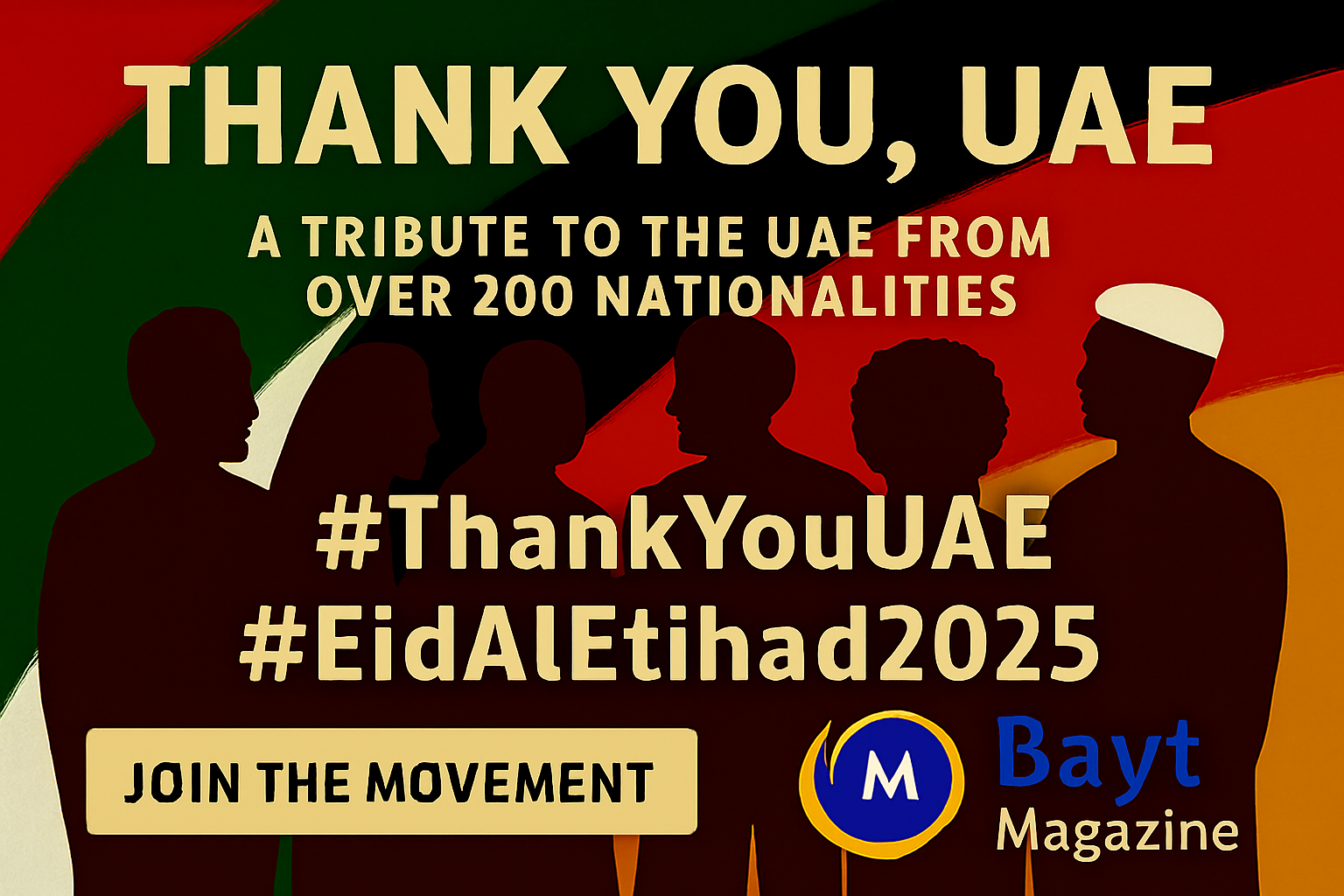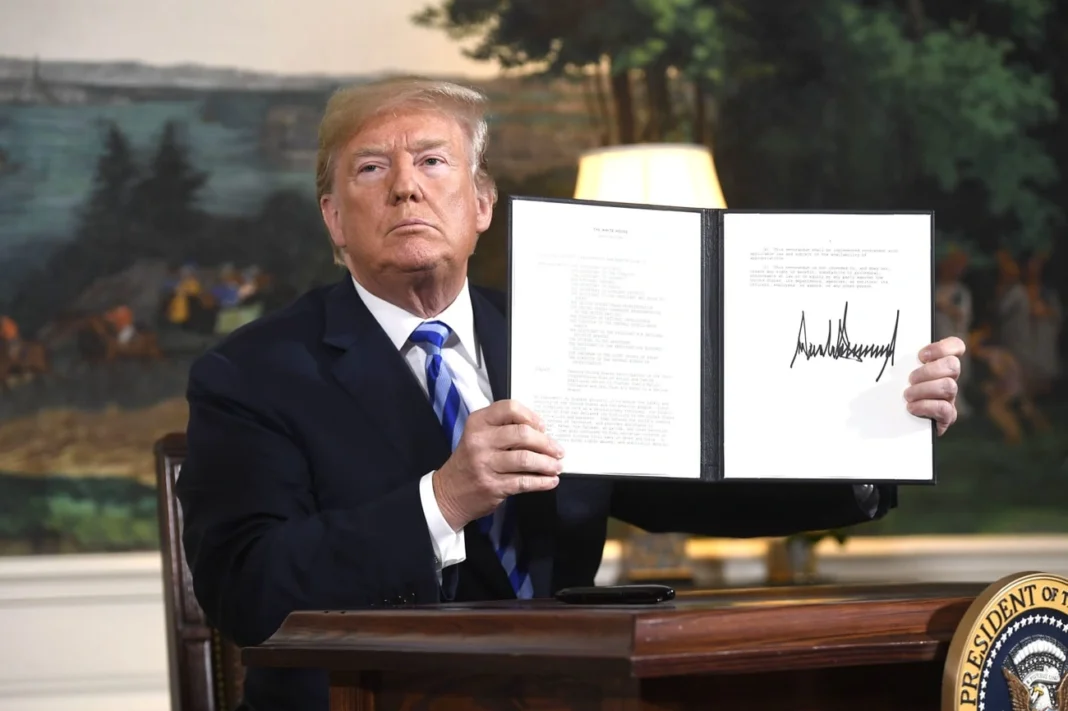The United States crossed a historic threshold by launching its first direct strike against Iran since the 1979 Islamic Revolution. The Trump administration executed what they called a “highly sophisticated covert attack” with more than 125 US aircraft and 75 precision bombs targeting Iran’s nuclear facilities. This unprecedented military action signals a dangerous shift in the relationship between these two nations.
The attack emerges from a complex backdrop of hostility between the two countries. Sanctions, confrontations, and brief negotiation attempts have shaped their diplomatic relations. The two nations have maintained no formal diplomatic ties since April 7, 1980. Tensions reached new heights when the US pulled out of the US-Iran nuclear deal (JCPOA) in 2018 and imposed devastating economic sanctions on Iran. Recent headlines highlight escalating conflicts rather than diplomatic solutions, despite occasional attempts at dialog.
This piece examines the volatile relationship between the United States and Iran. The narrative spans from the 1953 CIA-arranged coup that removed Prime Minister Mohammed Mossadegh to the recent military strikes that have brought both nations close to war.
The 1953 Coup: Oil, Power, and the Fall of Mossadegh
Image Source: The Guardian
The struggle between Iran and Western powers stems from control over Iran’s big oil resources. The Iranian parliament (Majlis) made a crucial decision in March 1951. They voted to nationalize the country’s oil industry, which foreign interests had controlled. This decision started a confrontation that would affect US-Iran relations for decades.
Nationalization of Anglo-Iranian Oil Company
Mohammad Mossadegh from the National Front party led the nationalization movement. The Iranian parliament strongly supported him. Right after becoming prime minister in April 1951, he put the nationalization bill into action. His government took control of the Anglo-Iranian Oil Company (AIOC) and created the National Iranian Oil Company (NIOC).
The reasons behind this bold step were obvious. AIOC made £40 million in after-tax profits in 1947. Iran got only £7 million – just 17.5% of profits. Iranian oil workers faced terrible conditions. They earned only 50 cents daily without any vacation pay, sick leave, or injury compensation.
Britain reacted quickly and harshly. They placed an economic embargo on Iran and asked the International Court of Justice to step in. The court ruled it had no authority in the case, which supported Iran’s position. The embargo hit Iran hard. They sold just 300 barrels of oil to one Italian merchant ship in the first year after nationalization. Oil production dropped from 242 million barrels in 1950 to only 10.6 million barrels in 1952.
CIA and MI6 arrange regime change
British intelligence services started planning Mossadegh’s removal as economic pressure grew. They first sent academic and wartime spy Robert Zaehner. His job was to bribe Majlis members and prominent Iranians. MI6 officer Norman Darbyshire revealed they spent “well over a million and a half pounds”.
British strategy changed toward direct action after Mossadegh cut diplomatic ties with the UK in October 1952. President Truman’s administration opposed a coup at first. The situation changed when Dwight D. Eisenhower became president in November 1952. Winston Churchill and Anthony Eden convinced the new administration that Mossadegh’s government was a communist threat, despite his prominent anti-communist stance.
The CIA authorized Kermit Roosevelt Jr. to start the coup on June 25, 1953. Americans called it “Operation Ajax” while the British named it “Operation Boot”. Roosevelt entered Iran through Iraq on July 19 and started gathering support from army officers and street protesters.
The first coup attempt almost failed. Pro-Shah forces backed by CIA-funded protesters took control on August 19, 1953. A radio broadcast announced too early that Mossadegh’s government had fallen. This became “one of the most effective pieces of fake news in recent history”. The fighting killed between 200 and 300 people.
Rise of the Shah and U.S. influence
Shah Mohammad Reza Pahlavi returned from his brief exile and took power after Mossadegh’s overthrow. The CIA secretly gave about AED 18,359,702 to the new Prime Minister General Fazlollah Zahedi within two days of taking office.
The Shah signed the Consortium Agreement in 1954 under US and UK pressure. American, British, and French oil companies got 40 percent ownership of Iran’s nationalized oil industry for twenty-five years. This deal kept nationalization in name only but reversed Mossadegh’s reforms.
Iran and the United States also signed the “Cooperation Concerning Civil Uses of Atoms” agreement that year. This was part of President Eisenhower’s “Atoms for Peace” initiative. The agreement created Iran’s nuclear program foundation. The US later provided Iran with a reactor and weapons-grade enriched uranium fuel.
The 1953 coup created a pattern in US-Iran relations. America supported an autocratic ruler in exchange for strategic benefits. CIA’s internal documents, released in 2013, admitted that the military coup “was carried out under CIA direction as an act of U.S. foreign policy, conceived and approved at the highest levels of government”.
The coup’s effects lasted for decades in Iranian politics and led to the 1979 Islamic Revolution. Historian Roham Alvandi points out that the Shah lost his monarchy’s legitimacy by working with the British and Americans to remove a popular nationalist government.
The Shah’s Era: Strategic Alliance and Nuclear Ambitions
Image Source: NPR
The Shah’s regime built an incredibly close relationship with the United States after the 1953 coup. Iran changed from a troubled democracy to a pro-Western monarchy that heavily relied on American support. Mohammad Reza Pahlavi made sure Iran’s interests matched those of the US. His ambitious modernization programs would end up leading to his downfall.
Atoms for Peace and nuclear cooperation
The US and Iran signed a civil nuclear cooperation agreement in 1957 under President Eisenhower’s “Atoms for Peace” program. This agreement became the foundation for Iran’s nuclear goals. The Tehran Nuclear Research Center soon opened with a 5-megawatt nuclear research reactor. The US provided both the reactor and 5.54 kilograms of highly enriched uranium as fuel.
Nuclear cooperation grew dramatically by the 1970s. The Shah revealed plans to build 23 nuclear power plants before the century ended. American companies stood ready to receive billions in contracts. Both Ford and Carter administrations strongly backed Iran’s nuclear ambitions. Secretary of State Henry Kissinger personally pushed for Iran to buy US reactors worth over $6.4 billion.
US officials rarely worried about Iranian nuclear weapons development during this time—quite different from later decades. The United States even encouraged Iran to develop the full nuclear fuel cycle. This included uranium enrichment capabilities that later became the center of future disputes.
Military and economic ties with the U.S.
Military cooperation became the life-blood of US-Iran relations during the Shah’s era. American military aid to Iran grew after the 1953 coup. The US sent over $1.8 billion in military assistance to Iran between 1953 and 1969. This partnership grew stronger after Britain announced its military withdrawal from the Persian Gulf in 1968.
President Nixon and his national security advisor Henry Kissinger visited Tehran in 1972. They made an extraordinary offer to the Shah—he could buy any conventional US weapon system he wanted. This “blank check” policy let Iran acquire some of America’s most advanced military equipment. This included F-14 Tomcat fighters that even some NATO allies couldn’t get.
Iran became the largest buyer of US military equipment by 1977. Orders exceeded $12 billion. These massive arms deals helped American defense contractors and turned Iran into what US officials called “America’s policeman in the Persian Gulf.” The Shah’s military expansion served both Iranian regional ambitions and US strategic interests to contain Soviet influence.
Economic partnerships also thrived. American investments in Iran grew, with major US corporations setting up operations across the country. Oil remained the key economic link. American companies got special access to Iranian oil resources through the 1954 Consortium Agreement. The United States became Iran’s biggest trading partner by 1978, with trade reaching new heights.
Cultural and academic exchanges
The relationship went beyond politics and military. The Shah pushed for westernization of Iranian society and sent thousands of Iranian students to American universities. Iranians became the largest group of foreign students in the United States by 1977. Over 51,000 students enrolled in American institutions.
The US government backed these exchanges through programs like Fulbright scholarships. American universities partnered with Iranian institutions. Peace Corps volunteers worked across Iran and brought American influence to rural areas. American cultural products—from Hollywood films to popular music—became common in Iranian cities.
Hidden tensions existed beneath this cooperation. Many Iranian students in America opposed the Shah’s authoritarian rule. Student organizations, first created for cultural and social reasons, became centers of opposition that later supported the revolution. The rapid westernization pushed by the Shah created cultural pushback within Iran. Religious conservatives saw American influence as harmful to traditional values.
The close ties between the Shah and the United States later hurt both sides. Growing opposition to the Shah’s rule and his identity as America’s ally fed anti-American feelings that exploded during the 1979 revolution.
1979 Revolution and the Hostage Crisis
Image Source: Wikipedia, the free encyclopedia
Public opposition to the Shah’s rule reached a breaking point in late 1978. Anti-Shah demonstrations swept across Iran’s major cities. The army started to mutiny and violent protests erupted, forcing Mohammad Reza Shah Pahlavi to flee Iran on January 16, 1979. This marked the end of the 37-year monarchy that had American support.
Fall of the Shah and rise of Khomeini
Ayatollah Ruhollah Khomeini came back to Tehran on February 1, 1979, after spending 15 years away from his homeland. Several million Iranians came out to welcome him in an unprecedented celebration. He quickly appointed Mehdi Bazargan as interim prime minister, which challenged the Shah’s last government’s authority.
Iran’s armed forces declared their neutrality on February 11, which sealed the fate of the Pahlavi dynasty. A national referendum on April 1 showed that 98% of voters wanted an Islamic republic. By December 1979, the country had approved a new theocratic constitution that made Khomeini Iran’s political and religious leader for life.
Khomeini called America the “Great Satan” and changed Iran from a pro-Western monarchy into an anti-Western Islamic theocracy. His government said it would spread its revolution to nearby countries, which altered the map of Middle Eastern politics.
Seizure of U.S. embassy and 444-day crisis
The U.S. Embassy in Tehran became a target for anti-American protests during the revolution. Armed Iranian guerrillas briefly took over the embassy on February 14, 1979, but Khomeini’s forces stepped in to free it.
Things got worse when the U.S. allowed the deposed Shah to enter for cancer treatment in October 1979. Many Iranians saw this as more American meddling in their affairs, which sparked new revolutionary anger.
About 300-500 Iranian students attacked the U.S. Embassy in Tehran on November 4, 1979, and took 66 Americans hostage. The crisis lasted 444 days, and 52 Americans stayed captive until minutes after Ronald Reagan became president on January 20, 1981.
President Jimmy Carter tried to handle the situation carefully. He put economic sanctions on Iran, stopped Iranian oil imports, and froze about AED 44.06 billion of Iranian assets. His military rescue attempt in April 1980 failed badly and killed eight American servicemen.
Breakdown of diplomatic relations
The U.S. cut all diplomatic ties with Iran on April 7, 1980, because of the hostage crisis. This was a complete turnaround from their close relationship just a few years before.
The crisis hurt Carter’s presidency badly. It made his foreign policy look weak and ineffective. Secretary of State Cyrus Vance quit over the failed rescue mission, which created more problems within the administration.
Algerian diplomats helped negotiate an end to the crisis with the Algiers Accords in January 1981. The U.S. agreed to lift sanctions and unfreeze Iranian assets in exchange for freeing the hostages.
The hostage crisis started decades of hostility between both nations. They now handle diplomatic matters through interests sections in Switzerland and Pakistan since they don’t have formal relations. The 444-day ordeal changed U.S.-Iran relations so deeply that the wounds haven’t healed even after all these years.
The 1980s: War, Terrorism, and U.S. Sanctions on Iran
Image Source: Britannica
Iraq’s invasion of Iran in September 1980 started a new chapter in the already troubled US-Iran relationship. The next decade saw America taking contradictory positions – supporting Iraq in a bloody war, secretly selling weapons to Iran, and officially labeling the Islamic Republic as a terrorist sponsor. These conflicting policies showed how complex US relations with Iran had become during this crucial period.
U.S. support for Iraq in Iran-Iraq War
The United States stayed neutral after Iraq invaded Iran on September 22, 1980. This position changed dramatically by 1982 as Iran started winning the conflict. The Reagan administration abandoned its neutral stance because it feared Iranian forces might push through Iraq to Kuwait and Saudi Arabia’s oil fields.
The State Department took Iraq off its State Sponsors of Terrorism list in February 1982. Iraq had previously earned this label due to its connections with groups like the Palestinian Liberation Front. This removal helped transfer dual-use technology to Baghdad. President Reagan then signed a National Security Decision Directive stating that “the United States could not afford to allow Iraq to lose the war to Iran”.
The US backed Iraq in several ways. It provided billions in economic aid, dual-use technology, intelligence sharing, and special operations training. Iraq bought 45 Bell helicopters in 1985 as part of this support, which got around the ban on direct arms transfers. Intelligence support proved crucial – the US shared satellite data that helped Iraqi commanders plan battles, even knowing they would use chemical weapons.
The US policy stayed unchanged when Iraq used chemical weapons against Iranian troops in March 1984, the same day Donald Rumsfeld visited Baghdad. The Reagan administration tried to blur Iraq’s responsibility after Iraqi forces killed about 5,000 Kurdish civilians with chemical weapons in Halabja. They suggested Iran shared blame for the attack.
Iran-Contra Affair and covert dealings
The Reagan administration secretly sold arms to Iran while publicly supporting Iraq. National Security Advisor Robert McFarlane started this covert operation in 1985 by suggesting weapon sales to Iran despite an existing arms embargo.
This seemingly contradictory policy had two goals. The administration hoped weapon sales would free American hostages held by Iranian-backed terrorists in Lebanon. They also wanted to use the profits to fund Nicaragua’s Contra rebels fighting the Sandinista government – something Congress had banned through the 1984 Boland Amendment.
The arms transfers went ahead with Reagan’s approval, despite objections from Secretary of State George Shultz and Defense Secretary Caspar Weinberger. Lebanese newspaper Al-Shiraa exposed the operation in November 1986, revealing that over 1,500 American missiles had gone to Iran. A major political scandal erupted when people learned that AED 66.09 million from Iran’s AED 110.16 million weapons payment had funded the Contras.
National Security Council’s Lieutenant Colonel Oliver North admitted he coordinated the diversion with National Security Advisor John Poindexter’s knowledge. The Tower Commission and Congressional committees investigated, leading to criminal charges against fourteen people. Reagan avoided legal trouble, but the scandal seriously hurt his administration’s credibility.
Designation as state sponsor of terrorism
The United States officially labeled Iran as a State Sponsor of Terrorism on January 19, 1984, as tensions grew worse. This label, which still exists today, came from Iran’s support of various terrorist organizations and attacks on US interests.
The designation brought several sanctions: limits on US foreign aid, no defense exports or sales, controls on dual-use exports, and various financial restrictions. Reagan imposed a complete embargo on Iranian goods and services in 1987 after Iran attacked US vessels in the Persian Gulf.
Iran supported groups like Lebanon’s Hezbollah and various Palestinian organizations through its Islamic Revolutionary Guard Corps-Qods Force (IRGC-QF). Iran’s government saw these groups not as terrorists but as “national liberation movements” fighting Israeli occupation.
The Iran-Iraq War shaped the worldview of Iranians who lived through it, including future leaders like Supreme Leader Ali Khamenei. Many Iranians call this conflict the “Imposed War” and believe the United States coordinated global support for Iraq. This belief strengthened anti-American feelings and deep distrust of Western intentions that still affects Iranian policy today.
Nuclear Tensions and the JCPOA Agreement
Image Source: Wikipedia, the free encyclopedia
The discovery of secret underground nuclear facilities at Natanz and Arak in 2002 made Iran’s nuclear program the main point of conflict in US-Iran relations. The next decade saw mounting evidence of Iran’s uranium enrichment activities that sparked international concern and complex diplomatic efforts.
Iran’s nuclear development and global concerns
Iran had built up its nuclear capabilities substantially by 2015. The country ran thousands of centrifuges and stored enriched uranium that raised worldwide concerns about weapons development. The Fordow facility, constructed deep underground, became a source of particular worry as it started enriching uranium to 20 percent—way beyond civilian requirements.
Iran maintained its program was peaceful and allowed under the Nuclear Non-Proliferation Treaty (NPT). Yet undeclared sites and unexplained uranium traces created doubt. Tensions rose as Israel repeatedly threatened preemptive strikes. Prime Minister Netanyahu even displayed a cartoon bomb at the United Nations in 2012 to illustrate his warnings.
2015 Joint Comprehensive Plan of Action
July 14, 2015 marked a breakthrough after years of failed talks and increasing sanctions. Iran and six world powers—the United States, United Kingdom, France, Russia, China, and Germany (P5+1)—announced the Joint Comprehensive Plan of Action (JCPOA).
The agreement’s core provisions included:
- Reducing Iran’s centrifuges by approximately two-thirds
- Limiting uranium enrichment to 3.67% (nowhere near weapons-grade)
- Capping Iran’s uranium stockpile at 300 kg for 15 years
- Prohibiting uranium enrichment at Fordow for 15 years
- Redesigning the Arak reactor to prevent plutonium production
Sanctions relief and international monitoring
Iran received substantial sanctions relief in exchange for these concessions. The United States, European Union, and United Nations Security Council lifted their nuclear-related sanctions. Implementation Day came on January 16, 2016, when the IAEA confirmed Iran had met its original commitments.
The verification system showed unprecedented oversight of a sovereign nation’s nuclear program. IAEA inspectors received 24-hour access to key facilities with continuous monitoring. The inspection team grew threefold to 150 personnel equipped with advanced monitoring technologies, including fiber-optic seals, satellite imagery, and tamper-resistant cameras.
This detailed verification system extended the “breakout time”—the period Iran would need to produce enough material for a nuclear weapon—from two-three months to at least one year. Many international observers viewed the JCPOA as the best option to prevent a nuclear-armed Iran while avoiding military conflict.
Trump Era: Withdrawal, Maximum Pressure, and Escalation
Image Source: NBC News
President Donald Trump made a dramatic announcement from the White House in May 2018. “I am announcing today that the United States will withdraw from the Iran nuclear deal,” Trump declared. This decision fulfilled his campaign promise and dismantled years of careful multinational diplomacy.
2018 U.S. exit from JCPOA
The International Atomic Energy Agency verified that Iran met its commitments under the Joint Comprehensive Plan of Action (JCPOA), but Trump withdrew anyway. He labeled the agreement “disastrous” and “the worst deal ever,” claiming it didn’t address Iran’s ballistic missile program or regional activities. This move left America isolated from European allies who strongly opposed the withdrawal and stayed committed to the agreement.
Reimposition of sanctions and economic fallout
The U.S. brought back full sanctions on November 5, 2018, after a 180-day wind-down period. This “maximum pressure campaign” hit Iran’s vital economic sectors hard, particularly energy, shipping, and financial industries. The sanctions quickly devastated Iran’s economy:
- Daily oil exports dropped from 2.7 million barrels to 1.7-1.9 million barrels
- The Iranian currency lost more than 66% of its value
- Inflation surged to a four-year high of 31.4%
- The IMF predicted Iran’s economy would shrink by 1.5% in 2018 and 3.6% in 2019
Iran’s Gross Official Reserves crashed from AED 257.04 billion in 2017 to AED 14.69 billion by 2020. The Treasury Department targeted more than 700 Iranian-connected individuals, entities, aircraft, and vessels with sanctions. Human Rights Watch reported that despite humanitarian goods being exempt, the sanctions caused “unnecessary suffering to Iranian citizens” with various medical conditions.
Assassination of Qassem Soleimani
The situation reached a critical point on January 8, 2020. A U.S. drone strike killed Major General Qassem Soleimani, commander of Iran’s elite Quds Force, near Baghdad airport. Secretary Pompeo defended the strike, saying Soleimani “actively plotted” operations that would have endangered “dozens if not hundreds of American lives”.
Iran retaliated swiftly by launching ballistic missiles at U.S. military bases in Iraq. The attacks caused traumatic brain injuries to more than 100 American troops. A UN special rapporteur later determined that the strike violated international law and constituted an “arbitrary killing”.
2025: Renewed Talks and Sudden Strikes
Image Source: CNN
The relationship between Washington and Tehran changed dramatically in early 2025. President Donald Trump tried a new strategy for the Iranian nuclear issue by sending a letter directly to Supreme Leader Ali Khamenei in March.
Trump’s letter to Khamenei and failed diplomacy
An Emirati official delivered Trump’s letter on March 12, which gave Iran two months to reach a nuclear agreement. Reports described the message as “tough” and it ruled out endless negotiations. Trump publicly stated, “I hope you’re going to negotiate because if we have to go in militarily, it’s going to be a terrible thing”. Khamenei dismissed the American proposal as “deception” and refused direct talks with what he called a “bullying government”.
Washington worked quietly to push Iran toward giving up uranium enrichment completely. National Security Advisor Michael Waltz demanded Iran must “give up” its entire nuclear program “in a way that is verifiable”. These extreme demands killed any chance of solving the crisis through diplomacy.
Israel’s preemptive attack and U.S. intervention
Israel launched “Operation Rising Lion” against Iran on June 13, 2025. The attack involved 200 Israeli aircraft and unmanned aerial vehicles that targeted Iranian nuclear sites and military facilities. Several top military and scientific personnel died in the strikes. Israel called the attack “preemptive” and claimed their intelligence showed Iran was about to test a nuclear weapon.
Trump hesitated at first but decided to support Israel’s campaign. He had earlier said he might wait two weeks for negotiations, but ordered American forces to attack three major Iranian nuclear sites on June 22.
Destruction of nuclear sites and global reaction
Operation Midnight Hammer saw seven B-2 stealth bombers drop fourteen 30,000-pound bunker-buster bombs on Fordow and Natanz. Submarines fired Tomahawk missiles at Isfahan. Trump quickly claimed the sites were “completely and totally obliterated”. The Pentagon’s assessment was more cautious and described “extremely severe damage”.
The world split in its response. UN Secretary-General Antonio Guterres expressed “grave alarm” and warned about “catastrophic consequences”. America’s European allies pushed for more negotiations. China and Russia said the strikes violated international law. Iranian Foreign Minister Abbas Araghchi stated the U.S. had “crossed a very big red line” and that diplomacy was “no longer an option”.
The Role of Oil and Regional Power Struggles
The relationship between Iran and the United States spans decades of conflict, rooted in oil politics and power struggles that shape how these nations interact.
Iran’s influence in OPEC and oil politics
Iran started as a founding member of OPEC and used to have a strong hold over global oil markets. Its power has dropped sharply now. The country produces about 3.24 million barrels per day. This marks a big comeback from 2020’s low points but remains nowhere near its pre-revolution output of 6 million barrels daily.
China stands as Iran’s only crude export destination, buying around 1.6 million barrels each day. This makes Iran vulnerable, especially since its oil and gas infrastructure could become a target during regional conflicts. Oil exports make up 6% of Iran’s economy and about half of what the government spends. Tehran needs this sector to survive.
Proxy conflicts in Syria, Iraq, and Yemen
Iran extends its power through proxies all over the Middle East. The country sent thousands of troops to keep Assad in power in Syria, which it needs to supply Hezbollah in Lebanon. Iran had about 10,000 IRGC forces and 5,000 Army members stationed in Syria at its peak.
Iraq’s Popular Mobilization Forces (PMF) serves as Iran’s arm of influence. The PMF gets around AED 9.55 billion from Iraq’s government and runs a huge economic network. The group received land half as big as Lebanon along the Saudi border.
The Houthi rebels in Yemen get weapons and training from Iran. These rebels launched more than 300 attacks on ships in the Red Sea between November 2023 and December 2024. Their actions threaten shipping routes that carry about 9% of the world’s seaborne petroleum.
U.S. alliances with Israel and Gulf states
America’s strategic collaborations with Gulf nations host tens of thousands of U.S. military personnel. These relationships help balance Iran’s influence in the region.
Saudi Arabia and the UAE have started talking to Iran recently, believing that diplomacy works better than confrontation. Gulf states worry that a bigger conflict might disrupt their plans to diversify their economies. They also fear the possible closure of the Strait of Hormuz, which carries one-fifth of global oil supply every day.
The US-Iran relationship stands as one of the most volatile and important conflicts in modern geopolitics. Their troubled history spans decades, shaped by three key factors: power, oil, and deep-rooted mistrust.
The seeds of distrust were planted in 1953 with the CIA-backed coup that remains deeply embedded in Iranian memory. The Shah’s close ties to Washington created a dependency that later sparked revolutionary anger. The 1979 Islamic Revolution turned Iran from America’s strongest regional ally into its fiercest enemy. The 444-day hostage crisis created a mutual hatred that still exists today.
Oil has played a crucial role in this relationship from day one. American interests in Iranian oil led to early interventions. Later, sanctions targeting Iran’s energy sector became Washington’s main tool of pressure. Regional power struggles erupted through proxy wars across the Middle East, from Lebanon to Yemen. These conflicts made any chance of peace even harder.
Nuclear ambitions became the main source of tension in recent decades. The 2015 JCPOA offered a brief glimpse of hope for diplomatic solutions. President Trump’s decision to withdraw from the deal reignited old conflicts. His “maximum pressure” campaign and General Soleimani’s assassination destroyed any remaining trust needed for talks. The military strikes described in this piece show a troubling but logical outcome of these growing tensions.
Leaders on both sides have missed chances for real dialog. They’re stuck in historical grievances and domestic politics. Neither side wants to appear weak by compromising. Regular citizens in both countries bear the burden of policies driven by suspicion instead of common ground.
Nobody knows what comes next. Real diplomatic progress needs both sides to admit past wrongs and respect each other’s security concerns. Without these fundamental changes, this relationship will keep its dangerous course of brinkmanship, proxy wars, and possible direct military conflict. This troubled history shows how deep mistrust, clashing political goals, and competition for resources can poison international relationships for generations to come.






